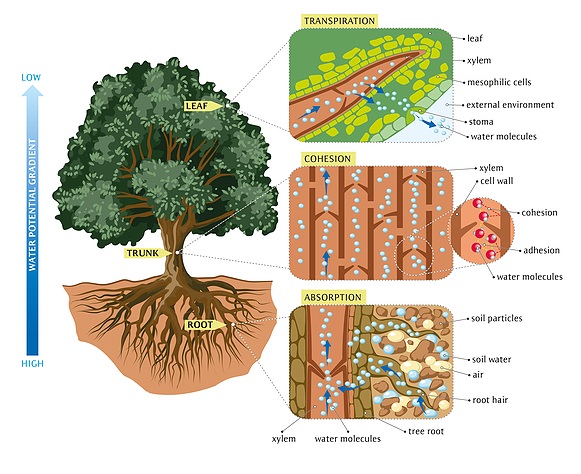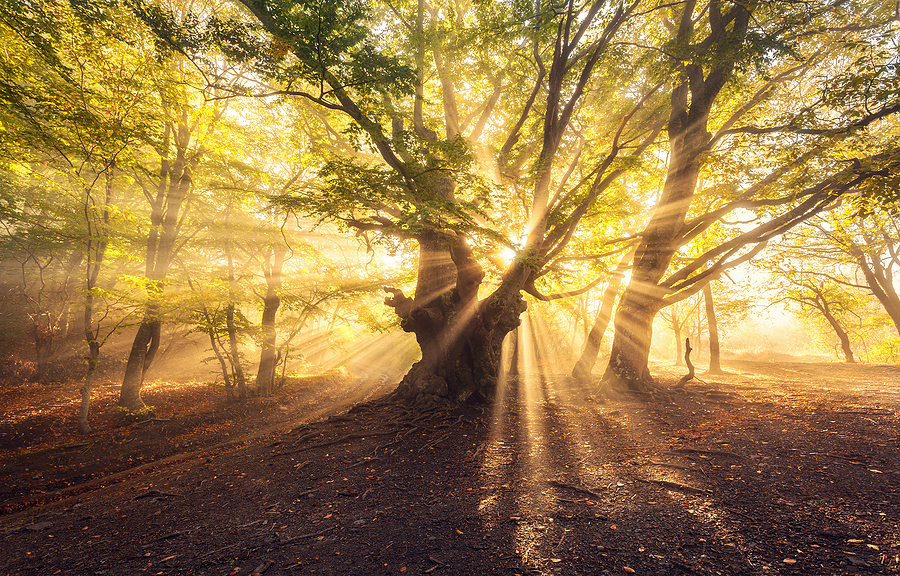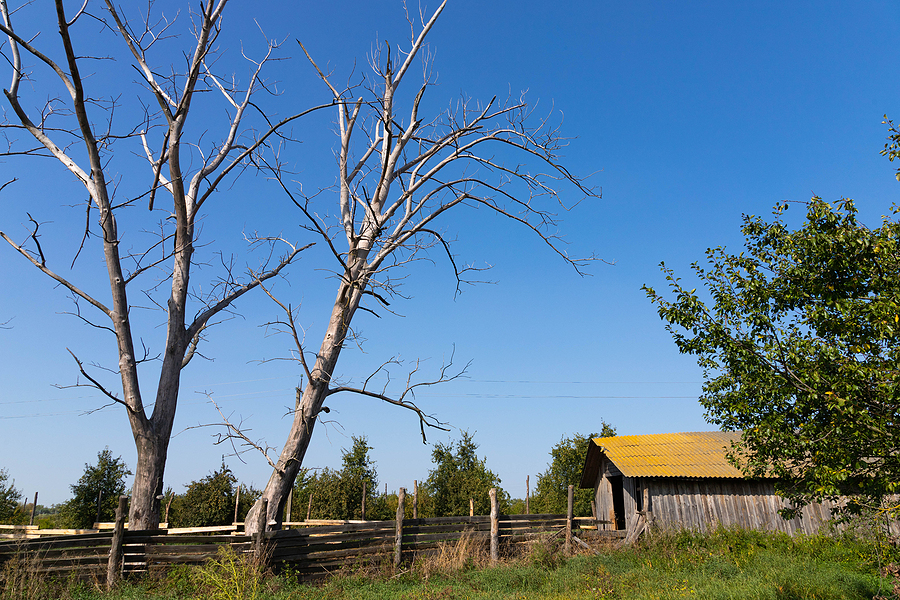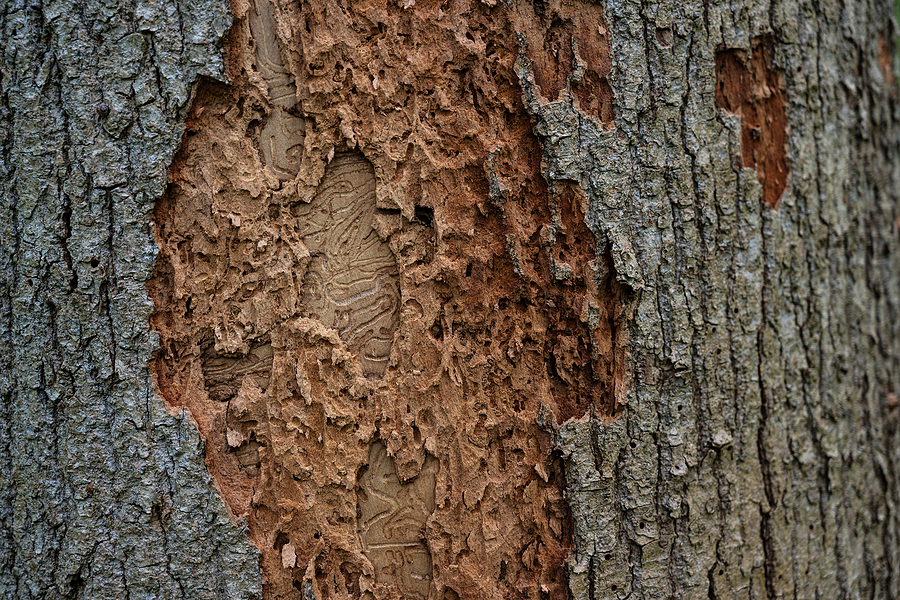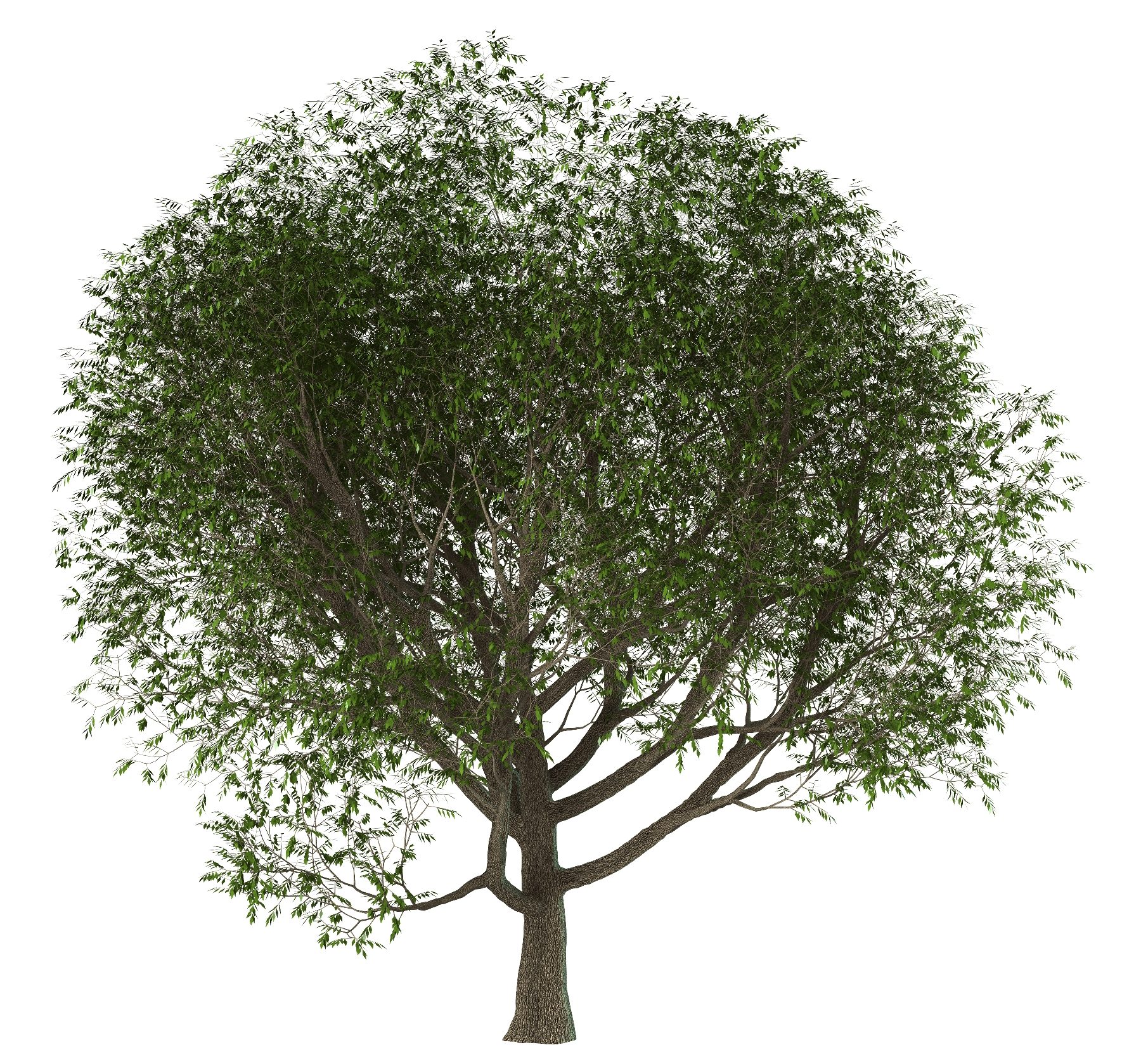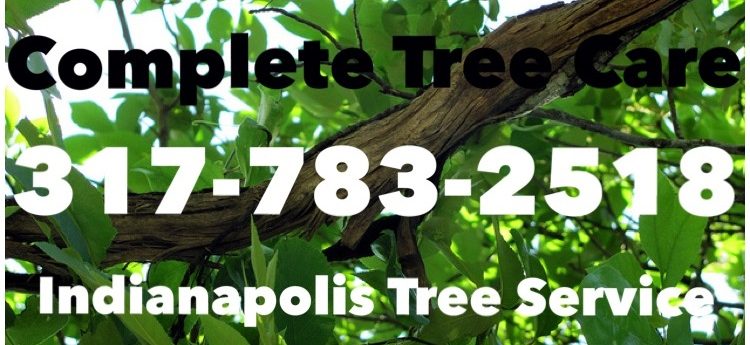🌍🌳 Happy World Environment Day! 🌍🌳
Every year on June 5, people from around the globe come together to celebrate World Environment Day. Established by the United Nations in 1972, this day is dedicated to raising awareness and encouraging action for the protection of our environment. It serves as a reminder of the critical role each of us can play in preserving the planet. In this blog post, we’ll explore the significance of trees on World Environment Day and how you can contribute to nurturing the earth.

The Importance of Trees in Combating Climate Change
Trees are nature’s most powerful allies in the fight against climate change. They absorb carbon dioxide, produce oxygen, and help regulate temperature by providing shade and releasing moisture into the air. A single mature tree can absorb up to 48 pounds of carbon dioxide per year and release enough oxygen to sustain two human beings. Beyond their role in mitigating climate change, trees also prevent soil erosion, support biodiversity, and provide habitat for countless species.
World Environment Day 2024
“Land Restoration, Desertification and Drought Resilience”
World Environment Day has a rich history, with each year focusing on a different environmental theme. This year, the 2024 theme for World Environment Day is “Land Restoration, Desertification and Drought Resilience.” Land restoration is especially important in terms of trees and tree care. Land restoration is a fundamental aspect of the UN Decade on Ecosystem Restoration (2021-2030), a global initiative aimed at protecting and revitalizing ecosystems, essential for achieving the Sustainable Development Goals.
Over the years, many other themes have highlighted the importance of trees and forests. For example, the theme for 2011 was “Forests: Nature at Your Service,” which emphasized the essential services that forests provide to humanity. These themes are designed to inspire individuals and communities to take actionable steps toward environmental preservation.
The Role of Individuals and Communities in Tree Planting
While global organizations and governments play crucial roles in forest conservation, individual and community efforts are equally important. Tree planting initiatives can be organized at local levels, involving schools, community groups, and even families. By participating in such activities, individuals can contribute to reforestation efforts, enhance urban green spaces, and create a healthier environment for future generations.
Practical Tips for Celebrating World Environment Day
Celebrating World Environment Day can be both fun and impactful. It’s a special occasion to raise awareness about environmental issues and take action to protect our planet. Here are some practical ways to get involved:
- Plant a Tree: Whether in your backyard or as part of a community event, planting a tree is a lasting way to contribute to the environment.
- Adopt Sustainable Living Practices: Reduce your carbon footprint by adopting sustainable habits such as recycling, composting, and using energy-efficient appliances.
- Educate Others: Spread awareness about the importance of trees and environmental conservation through social media, local workshops, or school programs.
How to Contribute to the Cause
You can volunteer with local organizations dedicated to reforestation, donate to charities focused on forest preservation, participate in community tree-planting events, or even start your own initiative to raise awareness about the importance of trees and forests. Every effort, big or small, contributes to a greener, healthier planet.
- Donations: Financial contributions to organizations dedicated to reforestation can make a significant impact.
- Volunteering: Join local environmental groups or participate in tree planting events to make a hands-on difference.
- Planting New Trees: Planting and growing new trees are simple yet effective ways to make a positive impact on the environment. Consider planting a tree in your yard or neighborhood.
- Practicing Good Tree Care: Ensure the trees in your garden or community are healthy by providing proper care, including watering, mulching, and protecting them from pests and diseases.
- Spreading Awareness: Use your online presence to educate others about the importance of trees and encourage them to take action for the environment.
Key Takeaways
Trees are indispensable to the health of our planet, providing countless benefits from carbon sequestration to habitat creation. World Environment Day serves as a poignant reminder of our responsibility to nurture and protect these vital resources. By participating in tree planting initiatives and adopting sustainable practices, we can all contribute to a greener, healthier world.
Get involved this World Environment Day! Plant a tree, educate your community, or volunteer for local conservation projects. Together, we can make a lasting impact on our environment. Let’s celebrate with action and ensure a sustainable future for generations to come. Join the movement and make a difference today!
Would you like professional assistance with the valuable trees in your yard? Call Complete Tree Care at 317-783-2518 for affordable tree services in Indianapolis, Indiana and its surrounding counties. We provide residential and commercial tree services, as well as certified arborist services.
Related Posts:
5 Essential Steps to Protecting Your Trees from Droughts
Greening the Future: Celebrating Arbor Day in Indiana
Indiana Hardy Trees That Can Be Planted in Full Sun Locations

